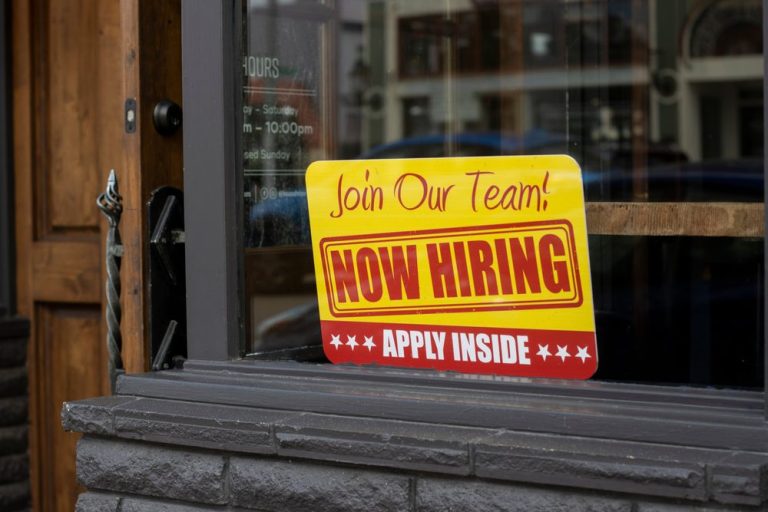US Job Openings Flat as Fewer Workers Quit

If you’re hesitating about leaving your job, you aren’t alone these days.
Data released Tuesday (Jan. 30) in the U.S. Bureau of Labor Statistics’ monthly Job Openings and Labor Turnover Survey (JOLTS) report showed the number of people quitting their jobs dropping to 3.392 million, the lowest level in three years.
Meanwhile, the number of job openings — while topping 9 million for the first time in months — remained virtually unchanged from the 8.9 million openings of the previous month, with the professional and business service sectors seeing the most vacancies.
The number of quits decreased in the healthcare and social assistance fields (down 71,000) as well as the transportation, warehousing and utilities sectors (down 35,000). However, more people — 63,000 — were quitting in the wholesale trade field.
The JOLTS survey comes amid a wave of reports of mass layoffs at a number of high profile companies, something that could be shaking worker confidence.
In fact, a report this week by employment website Glassdoor found that the number of workers expressing a positive six-month business outlook dropped to 45.6% in January 2024, down from 47.5% in December of last year and reaching the lowest level since the company began collecting this data eight years ago.
“With more layoffs in the headlines, job security remains top of mind for employees,” Daniel Zhao, lead economist at Glassdoor, wrote on the website. “The share of reviews talking about layoffs continues to rise, increasing further in January and up 27% year-over-year. Even though measured layoffs remain at historically low levels, discussions of layoffs in Glassdoor reviews are higher now than they were in 2019.”
Among the companies cutting staff in recent weeks and months were UPS (12,000 jobs), Salesforce (500 jobs), eBay (1,000 jobs), Wayfair (1,650 jobs), along with several big banks.
Against this backdrop, and with food and housing prices climbing, consumers are growing more cautious. As noted here last week, personal savings rates are slowing as consumers dip into their savings to have the financial firepower to cover their bills, with the personal savings rate dropping to 3.7% in December, down from 4.1% in November.
“Inflation’s taken a toll here, and the pinch has been keenly felt by middle income consumers — those making between $50,000 to $100,000 annually,” PYMNTS wrote. “Overall, and headed into the end of last year nearly eight out of 10 consumers told PYMNTS that they have depleted their savings to pay their bills.”